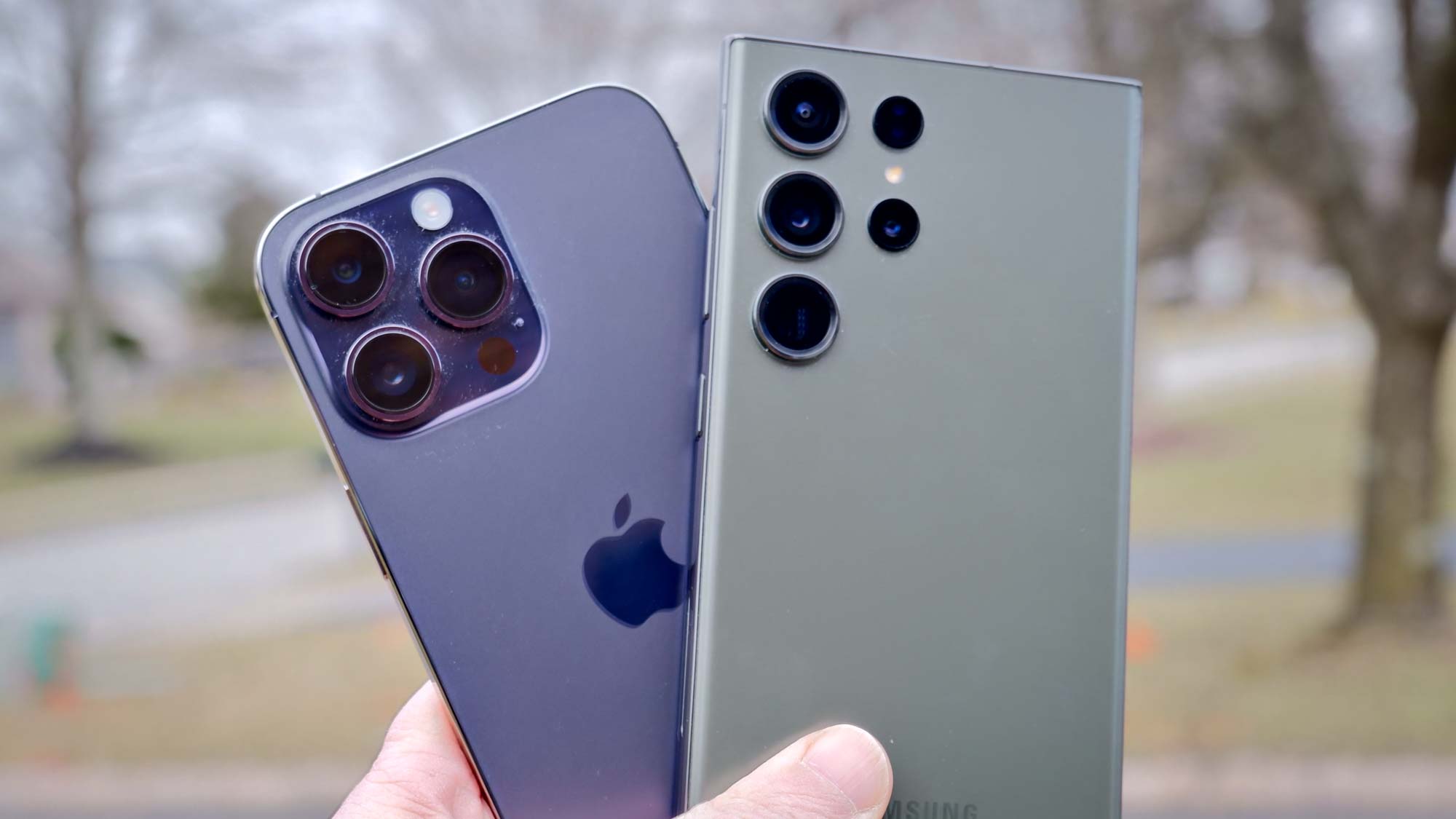Smartphone photography has come a long way. With each new release, Android and iPhone devices raise the bar for what mobile cameras can do. But when it comes to capturing the perfect shot—whether you’re a casual user or a photography enthusiast—which is better: Android or iPhone?
In this blog, we’ll compare Android vs iPhone for photography in 2025, breaking down image quality, camera features, software, flexibility, and more to help you decide which is best for your photography needs.
1. Camera Hardware: Who Has the Edge?
iPhone (Apple)
- The latest iPhones (like iPhone 15 Pro Max) feature 48MP main sensors, improved telephoto zoom, and LiDAR for depth-sensing.
- Apple prioritizes color accuracy and consistent results across all lenses.
- Excellent low-light performance thanks to Photonic Engine and Smart HDR.
Android
- Android flagships (like the Samsung Galaxy S24 Ultra or Google Pixel 8 Pro) often pack up to 200MP sensors, periscope zoom, and advanced AI features.
- Brands like Samsung, Google, and Xiaomi offer versatile camera setups—ultrawide, macro, depth, and telephoto lenses.
Winner: Android (for versatility and raw specs), but iPhone wins for consistency.
2. Software & Post-Processing
iPhone
- Apple’s computational photography is tuned for realism—natural skin tones, balanced HDR, and reliable color grading.
- ProRAW mode offers more flexibility for professional editing.
- Smooth integration with apps like Photos, iCloud, and Final Cut Pro.
Android
- Google’s Pixel line is famous for AI-driven photo processing, especially in low light with Night Sight.
- Samsung’s Galaxy phones offer Expert RAW, giving DSLR-like control.
- More customizable camera apps and manual settings across devices.
Winner: Tie—iPhone for simplicity, Android for customization.
3. Low-Light & Night Photography
iPhone
- Smart HDR 5 and Night mode across all lenses.
- Natural, balanced tones even in very dark environments.
Android
- Pixel’s Night Sight and Samsung’s Bright Night take ultra-bright night shots.
- Xiaomi and Vivo also push boundaries with night photography using larger sensors.
Winner: Android (slightly)—especially the Pixel and Samsung models.
4. Video Recording Capabilities
iPhone
- Industry-leading video with Cinematic Mode, 4K at 60fps, and ProRes video.
- Rock-solid stabilization and Dolby Vision support.
Android
- 8K video recording (Samsung).
- More camera controls and frame rate options, depending on the device.
Winner: iPhone—for content creators and mobile filmmakers.
5. User Experience & Ecosystem
iPhone:
- Seamless integration with the Apple ecosystem.
- Intuitive interface with minimal camera settings.
Android:
- Greater variety of models, brands, and price points.
- More manual controls and freedom for photography enthusiasts.
Winner: Depends on your needs. iPhone is best for users who want great results with minimal effort. Android is better for tinkerers and professionals.
Final Verdict: Android vs iPhone for Photography in 2025
| Feature | Winner |
|---|---|
| Camera Versatility | Android |
| Color Accuracy | iPhone |
| Night Photography | Android |
| Video Recording | iPhone |
| Manual Controls | Android |
| Ease of Use | iPhone |
Overall Winner: It Depends on Your Style
- Choose iPhone if you want reliable, cinematic photos and videos without tweaking settings.
- Choose Android (Samsung, Pixel, etc.) if you prefer advanced tools, variety, and cutting-edge features.
FAQs: Android vs iPhone for Photography
Is iPhone or Android better for professional photographers?
- Professionals may prefer iPhone for video and consistent results, while Android offers more manual controls for photo editing.
Does Android have better zoom than iPhone?
- Yes, many Android phones offer 5x to 10x periscope zoom, outperforming the iPhone’s 5x optical zoom.
Can I shoot in RAW on both?
- Yes. iPhones support Apple ProRAW, and Android (Samsung, Pixel) supports RAW or Expert RAW modes.
Conclusion
When choosing between Android and iPhone for photography in 2025, both platforms offer exceptional capabilities. The decision boils down to your photography style, editing preferences, and the type of content you create. Whether you shoot landscapes, portraits, vlogs, or night skies—there’s a perfect smartphone camera out there for you.
More For You
1.How to Speed Up an Old Laptop: A Detailed Guide to Boost Performance
2.Best Budget Laptop for Students in India (2025): Top Picks for Study, Productivity & Entertainment

